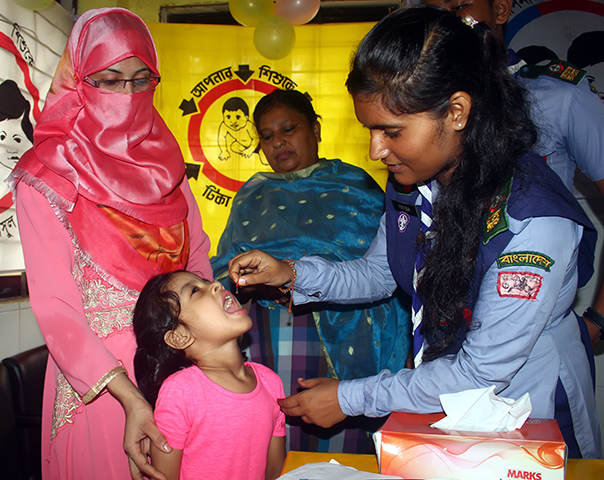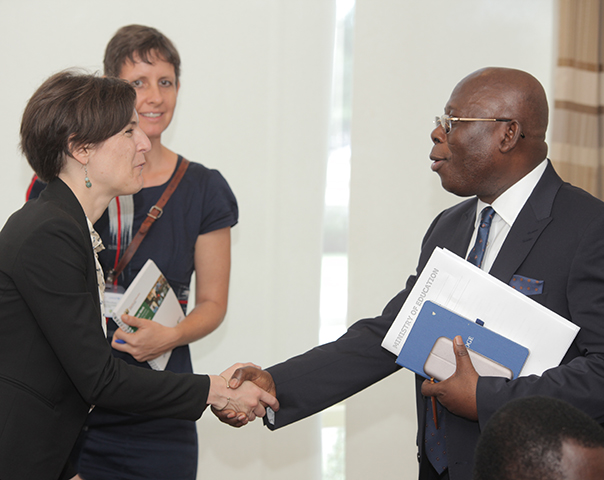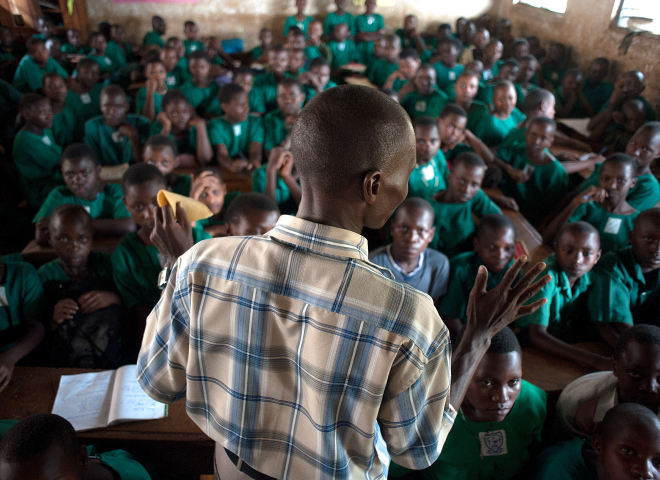Strengthening Women's Confidence in Dealing with Consumer Complaints in India
One-sentence abstract: Funded by IPA, researchers at the Centre for Social and Behaviour Change at Ashoka University in India conducted surveys to evaluate the impact of intrinsic factors such as locus of control, self-efficacy, and fatalism on how women consumers manage redress issues with their digital financial services providers.
India’s strong digital financial services market has played a significant part in boosting financial inclusion in rural regions where formal banking is less prevalent.[1] However, the process of redress—raising complaints and having them listened to and addressed by providers—is often slow and challenging, leading many consumers to not seek it out.[2] In particular, the incidence of women taking redress action is low, perhaps as a result of contending with structural economic and social barriers that can limit their financial inclusion.
Researchers at the Centre for Social and Behaviour Change at Ashoka University conducted surveys with 231 men and 230 women digital financial services consumers in rural Bihar and Uttar Pradesh. They examined the roles of intrinsic factors such as locus of control (beliefs about what controls the course of one’s life), self-efficacy, and fatalism in how women perceive and manage redress issues when they arise. Outcomes of interest included redress knowledge, attitudes towards redress after doing it, and redress behavior in the future.
Results showed that men and women had similar levels of self-efficacy and fatalism when approaching redress, but women had lower levels of internal locus of control (i.e., a perception of less control over their lives) compared to men. Men and women were equally in favor of reporting issues and feeling unfairness when encountering problems. Men (2.7 out of 4) scored significantly higher than women (2.54 out of 4) on a knowledge quiz about digital financial services redressal.
Perceived norms appeared to drive redress behavior for women: They were more likely than men to ask their family or friends to help with redress, doing so for 39 percent of their problems compared to 32 percent for men. Relatedly, women who reported a higher perceived norm of receiving family backlash for experiencing issues were less likely to seek redressal on their own. In contrast, women who reported a higher awareness of digital financial services among women in their community were more likely to seek redressal on their own.
These results will inform future interventions about ways to strengthen women’s confidence and experiences in using digital financial services.
Sources
1. Dilip Modi, “Success of digital financial services rests on rural India’s shift from cash to digital payments economy,” Financial Express, February 7, 2021
https://www.financialexpress.com/industry/sme/cafe-sme/success-of-digital-financial-services-rests-on-rural-indias-shift-from-cash-to-digital-payments-economy/2189985/
2. Chatterjee, Samiha, Women’s Financial Inclusion in Digital India: Need for Gender Thrust, 17, accessed February 15, 2022 https://sprf.in/wp-content/uploads/2021/09/SPRF-2021_IB_Gender-and-Financial-Inclusion.pdf












